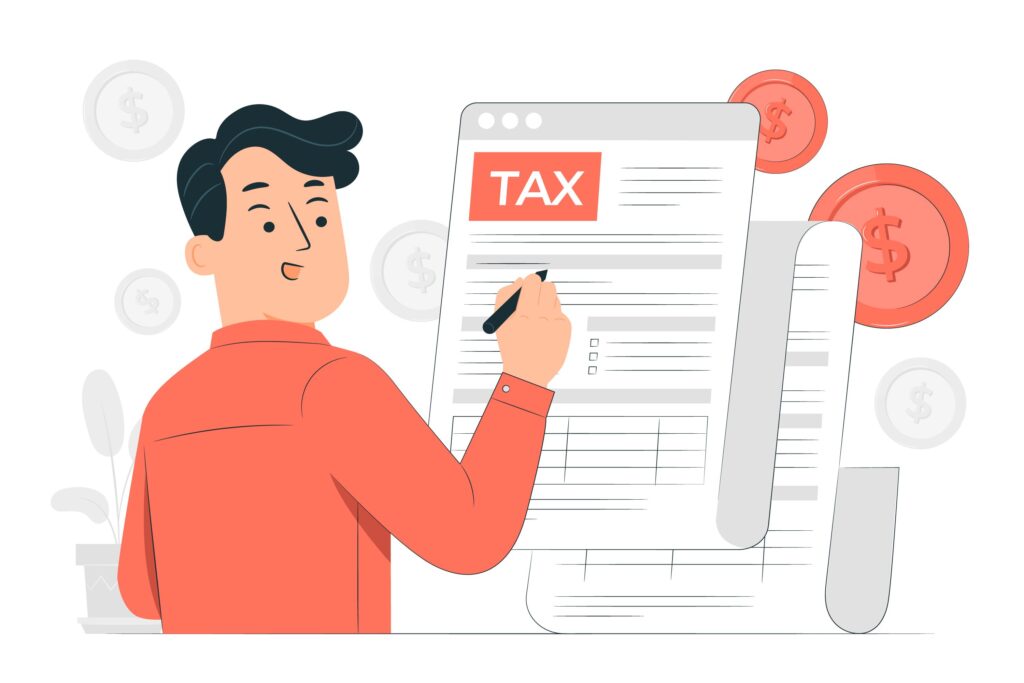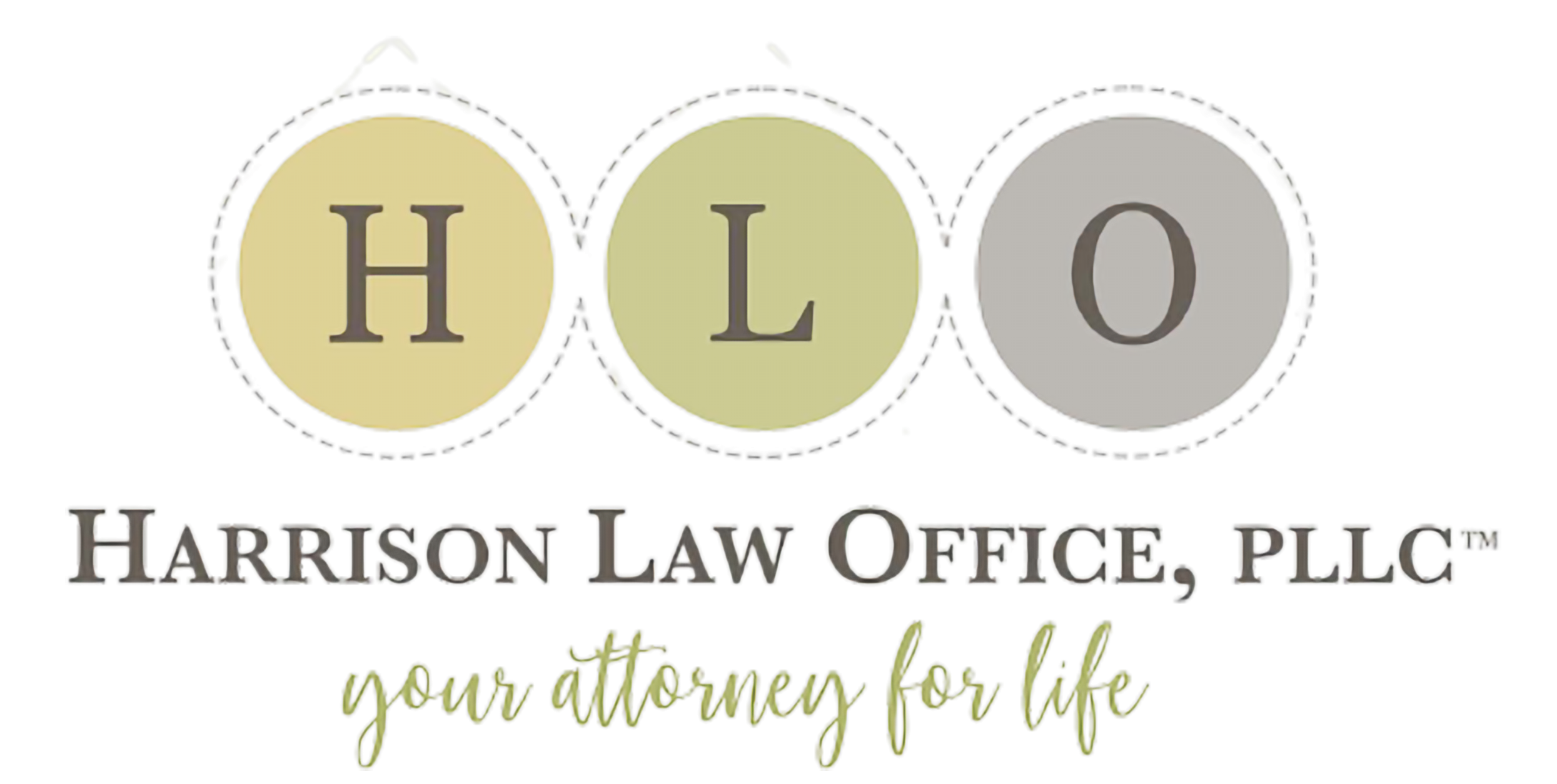Year-End Tax Tactics: Strategies to Lower Your 2023 Business Tax Bill – Part 1
It might seem a bit early to think about your 2023 business taxes, but as the year draws to a close, it’s the perfect time to take a closer look at your company’s financial situation and make some strategic moves to minimize your business’ tax liability come next April.
Year-end tax planning for your business isn’t something you do at the last minute; it’s a series of thoughtful steps you start taking right now. In this two-part blog series, we’ll explain eight key actions your business can take during this last quarter of the year to save money on its 2023 taxes.
And, most importantly, note that these opportunities are only available if you have already begun to determine how much net profit you will have for the year, so if you haven’t reconciled your books, or been looking at your profit and loss statement on a monthly basis, that’s the place to start.
Let’s get started.
1 | Make Large Purchases Before December 31
One effective way to reduce your business’s taxable income is by making substantial business-related purchases before the end of the year. That’s because any expenses that are considered “ordinary and necessary” to run your business can be deducted from your business’s income, like office supplies, software, or licensing fees.
For example, section 179 of the tax code also allows you to deduct the full cost of qualifying equipment in the year it was purchased, up to certain limits. Purchasing machinery, vehicles, office furniture, and more can be deducted. Doing so can significantly reduce your company’s taxable income for the current year.
The purchase price of large assets such as a machine or a vehicle can also be deducted slowly over several years as depreciation instead of taking the entire deduction in the year you buy the item. Work with your tax professional to determine whether deducting the entire purchase price this year will give you the biggest tax break or whether it makes more sense to deduct the item’s depreciation over time.
If you have major purchases to make for your business this year, consider looking for energy-efficient options to qualify for additional tax credits.
2 | Defer Business Income
If you expect to owe fewer taxes next year, deferring income due to your business until next year is a valuable tax planning strategy that can help reduce your company’s tax liability.
To do this, you can delay billing clients and customers you serve in November and December until January. This will push the income generated through those services into the next tax year. If delaying billing until the new year is impractical for your business, consider offering customers the option to pay in installments. By doing so, you can spread the income over two tax years.
Lastly, while more business is always a good thing, don’t be afraid to book new client meetings, projects, or deadlines into January. Doing so may not only give your business a tax advantage but can also help you enjoy a less hectic end of the year and provide you with time to assess your business’s progress in 2023 and your goals as a business owner for the coming year.
3 | Accelerate Expenses
Similar to deferring income, accelerating expenses involves the art of timing—deducting certain expenses in the current year instead of waiting for the next. By doing so, you can rev up your tax savings and watch your company’s tax liability decrease.
If your business uses the accrual method of accounting, consider reducing your year-end inventory. This allows you to claim the cost of goods sold and reduce your taxable income.
If you plan to give year-end bonuses or provide additional employee benefits, doing so before December 31 can help you lower your business’s taxable income for the current year.
Another simple way to accelerate expenses is to prepay recurring business bills such as rent, insurance, or subscriptions for the upcoming year. For example, if you previously paid for your liability insurance monthly, consider paying the entire premium in advance. This advance payment allows you to deduct the expenses in the current year, effectively lowering your taxable income and allowing you to enter the new year with fewer recurring expenses to worry about.
4 | Contribute to Your Employees’ HSAs (Health Savings Accounts)
A Health Savings Account (HSA) can be a wonderful benefit for employees and a way to reduce your business’s taxable income. Contributions to your employee’s HSAs are tax-deductible, and the earnings grow tax-free for your employees.
To make the most of this tax-advantaged account, consider maximizing your company’s contributions to employee HSAs before the year ends. For the 2023 tax year, the maximum contribution to an HSA account is $3,650 if the employee has self-only health insurance coverage or $7,300 for family coverage. If the employee is 55 or older, they can also make an additional $1,000 catch-up contribution.
This maximum contribution can be a combination of employee and employer contributions, so making an additional contribution to employee accounts not only reduces your company’s taxable income but also builds a valuable fund for your employees’ future healthcare expenses.
Looking Out for Your Business’s Financial Health
Looking at your company’s finances and seeing where you can save money on your business taxes isn’t just about finishing the year off strong and getting organized for tax season. It’s about making strategic moves that position your company for success.
To make sure all aspects of your business are structured for success, including its Legal, Insurance, Financial, and Tax systems, schedule a complimentary call by clicking here.
And don’t forget to tune in for part two of our year-end tax planning series, where we’ll explore even more strategies to help you keep more money where it belongs – in your pocket.
This article is a service of Harrison Law Office, Personal Family Lawyer®. We offer a complete spectrum of legal services for businesses and can help you make the wisest choices with your business throughout life and in the event of your death. Call us today to schedule.
The content is sourced from Personal Family Lawyer® for use by Personal Family Lawyer® firms, a source believed to be providing accurate information.
This material was created for educational and informational purposes only and is not intended as ERISA, tax, legal, or investment advice. If you are seeking legal advice specific to your needs, such advice services must be obtained on your own separate from this educational material.





